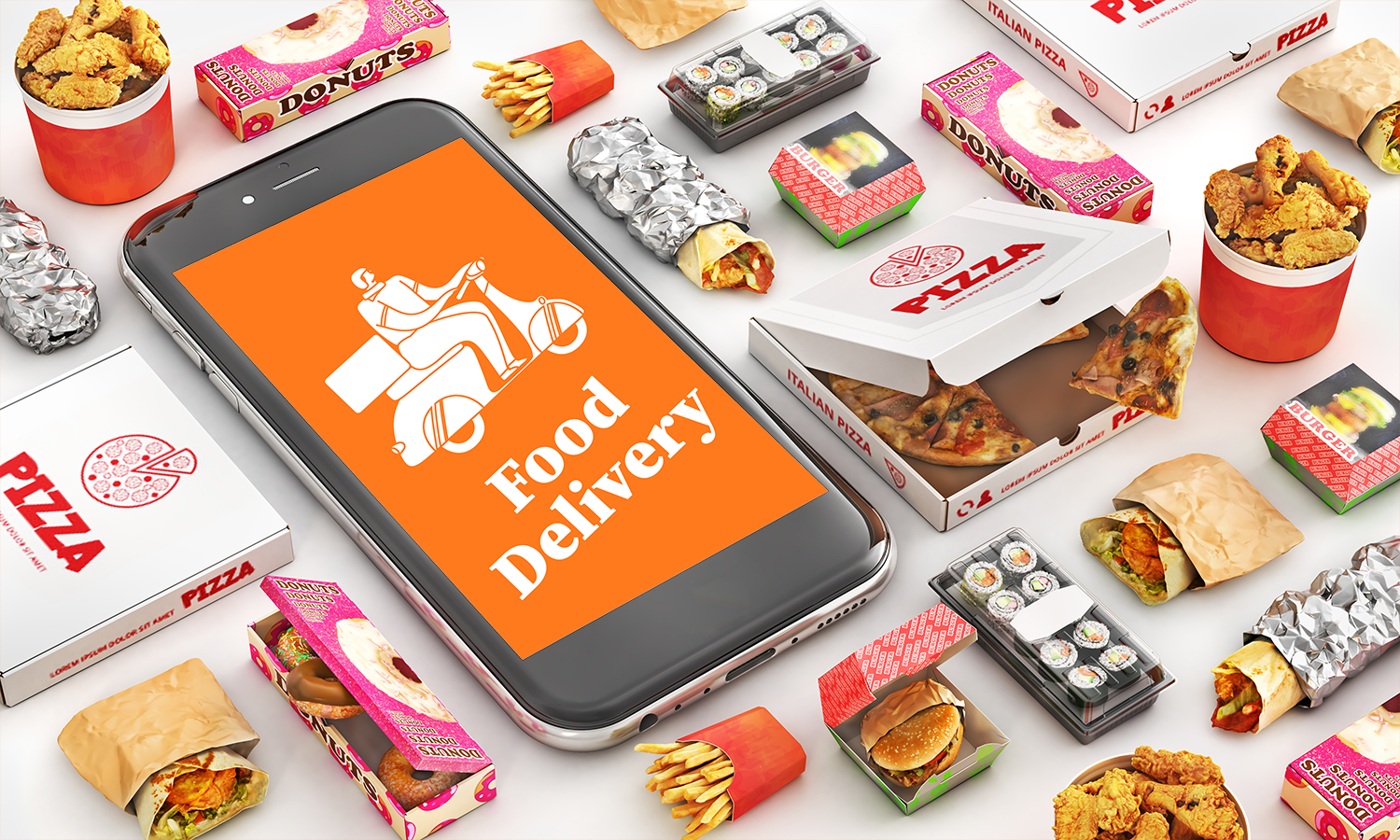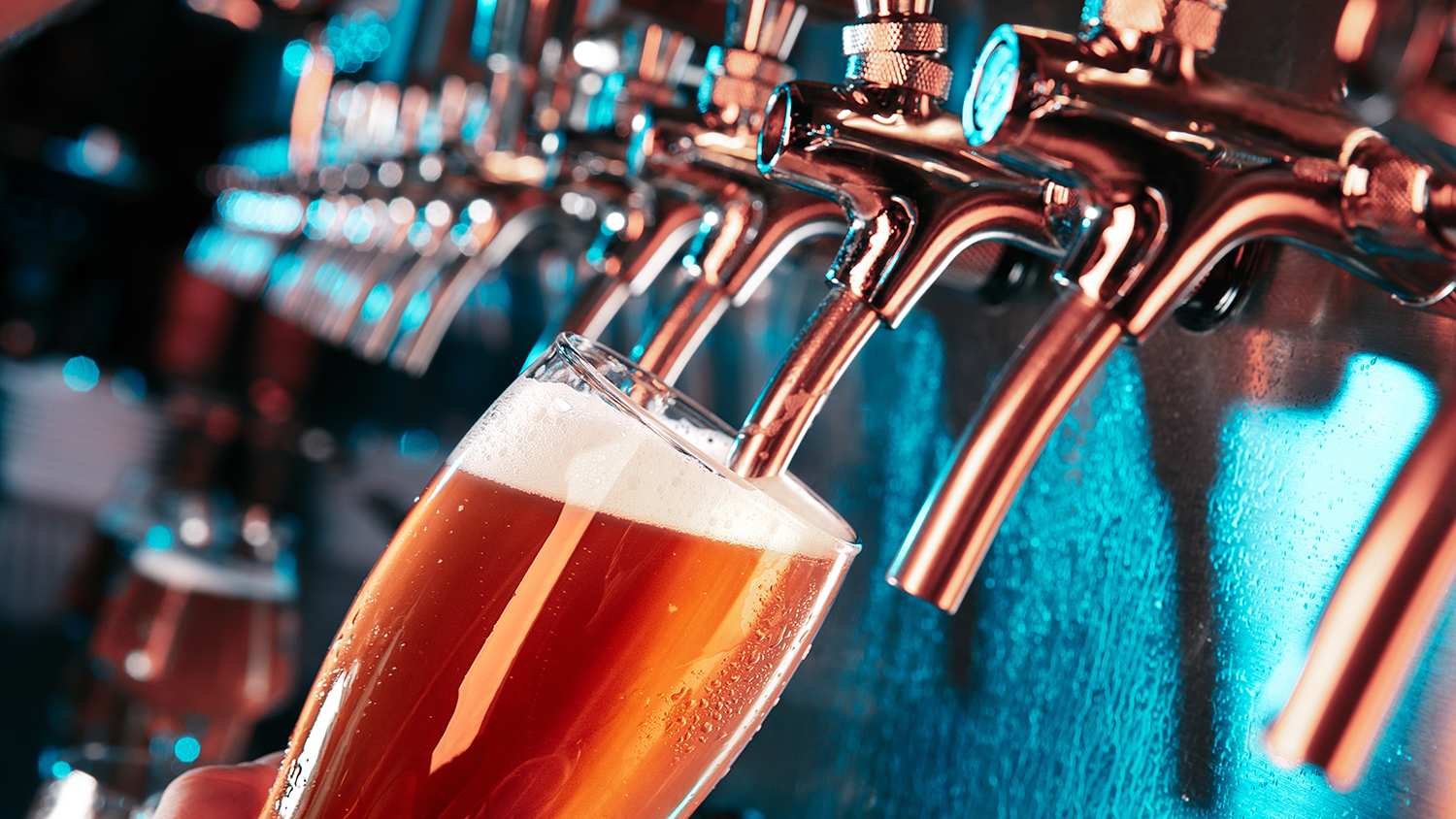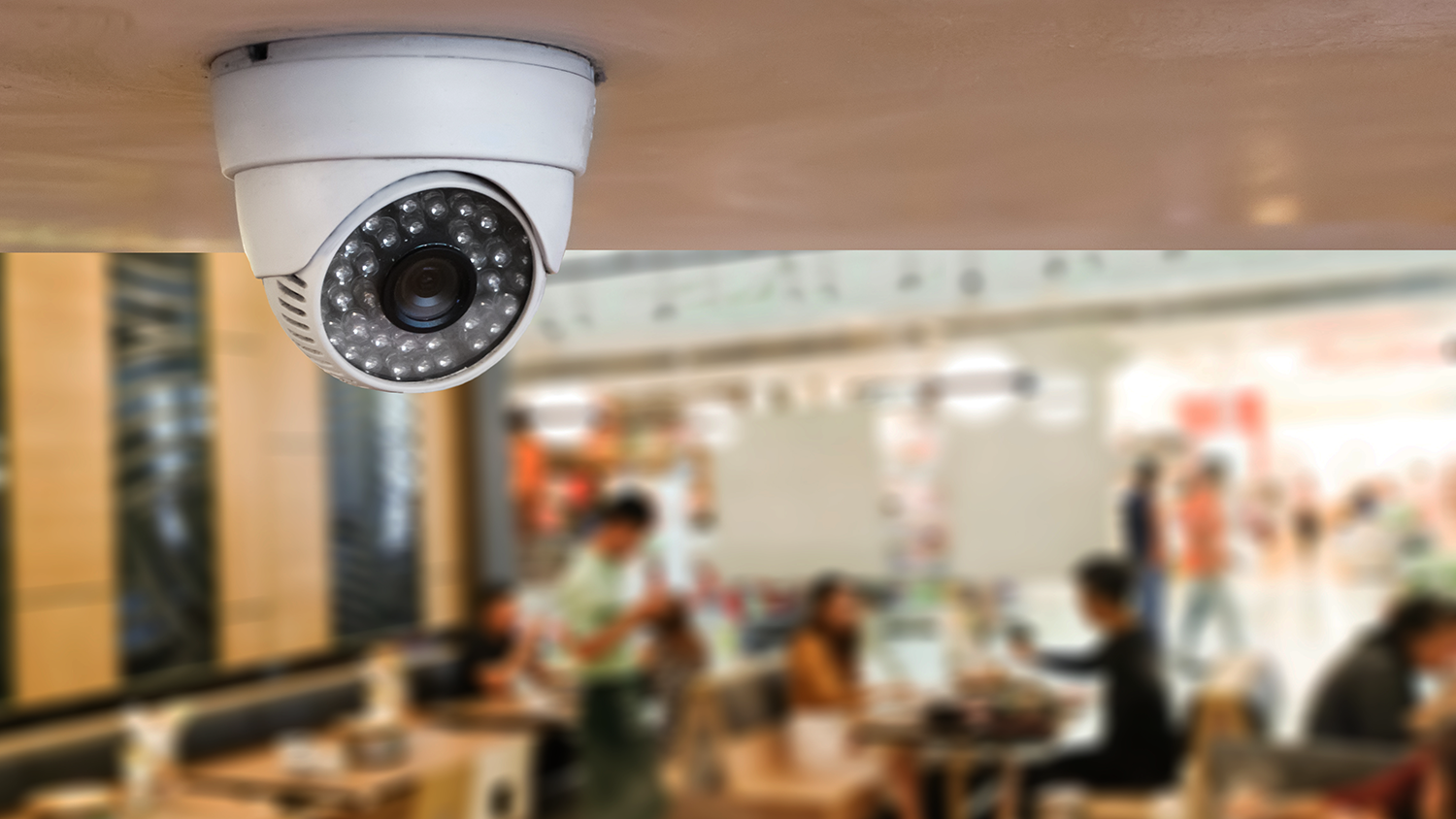By Irfan Ak, Contributor
Technology has transformed the way we live our lives. It has impacted every industry you can think of and hospitality industry is no exception to this rule. As new technologies evolve and older ones mature, it will disrupt restaurants industry. The rise in popularity of food delivery apps and the role of social media are two examples.
If you own a restaurant or works in the restaurant industry, it is important to know about the technologies that will impact restaurants. Not only that, you should also keep an eye on the latest restaurant trends so you can make the right decisions and drive your restaurants to success.
Restaurant Delivery Apps Will Keep Growing
Third-party delivery apps are already a force in the restaurant industry, and it shows no signs of slowing down. More people will start to order food and get it delivered to their doorsteps instead of going to a restaurant and using takeout.
The first generation of food delivery application focused on connecting consumers with restaurants, but the next generation of food delivery apps would offer delivery logistics, which would compel restaurants who are not offering food deliveries to jump on the bandwagon. Specifically, according to McKinsey, the restaurant industry will see more high-end restaurants start food delivery thanks to these next generation apps.
Google Jumps Deeper into the Online Food Ordering
Search engines like Google are doing their best to keep users on its platform. The recent algorithm changes as well as changes to search engine ranking pages is testament of that. And as useful as Google is for helping hungry diners find your restaurants, the search engine giant still doesn’t want you to leave their platform to visit other restaurant websites.
That is why Google is introducing the ability to allow guests to order from restaurants right through their platform. The feature allows users to choose a restaurant, select food from the menu, and place an order via Google. It’s why it’s even more important that restaurant’s claim their profiles on Google (and other social sites), and make sure their info is all up to date (including your menu!). Restaurants should also make sure third-party delivery sites aren’t stealing their brand.
Self-Ordering Kiosks & Tabletop Ordering System
McDonalds is leading the way with its self-ordering kiosk and allowing their customers to place orders themselves. This has helped the fast-food chain to reduce the order taking time and speed up service delivery. These kiosks can do much more than accepting orders. Guests can customize their orders and even make payments on the spot through their preferred mode of payments. It also saves customers from standing in the long queues for hours during rush hours. What’s more, these kiosks can also provide operators with useful insights about customer preferences, which helps operators know which menu items their customers are looking for and which ones they are not interested in.
Another innovation that is ready to take the restaurant industry by storm is tabletop ordering systems. Instead of giving guests a physical menu to choose their favorite dishes, they will be directed to a tabletop ordering system in future. This give customers access to complete menu and save restaurants from sending in waiters to every table to take orders.
Since the systems are linked to the kitchen, orders automatically reach the kitchen as soon they’re placed. It also allows for on-demand payment, so guests can pay their bill and leave faster. This reduces table turnaround time and allow restaurants to serve more customers in less time without compromising on the quality of the service.
Restaurant AI Takes Center Stage
Fast food giants are quickly turning to AI for business help.
Take McDonald’s which recently acquired AI-based technology company Dynamic Yield. The purpose of the acquisition is to bring AI driven menu customization to McDonald’s restaurants. This will enable McDonald’s to tweak their menus based on number of factors such as weather, restaurant traffic, and trending items.
Google’s Duplex is another great example of how AI can help restaurants – this time reserving tables at restaurants on the behalf of guests. Here’s how it works: Google’s Duplex AI will make a phone call to the restaurant to make a reservation on guest’s behalf (and sounds like a real person, including “umms” and vocal pauses). Once the reservation is confirmed, it notifies the guests about the place and time.
As the technology matures, we will see robot assistants talk with restaurants staff members fluidly just like a human does.
Never ‘86’ an Item Thanks to Digital Inventory Tracking
With efficient digital inventory tracking systems in place, restaurants can reduce their food waste and cut inventory costs. These advanced inventory tracking systems enable businesses to smartly manage raw ingredients used in dishes and shipments coming in. With real-time data at their disposal, restaurants can never run out of stock and use automatic ordering features to place order as soon as their inventory reaches a certain level.
Restaurant Staff Scheduling Gets Smarter
One of the biggest challenges for restaurant managers is to strike the perfect balance between having enough staff to serve incoming customers but not overbook staff and incur unnecessary labor costs. That is where a scheduling software can come into play and save the day. Some restaurants are already using the technology, but the industry will see this scheduling software come into their own in the future.
Employee scheduling software doe a great job at allowing restaurant managers to spend 80% less time on staff scheduling and track the performance of their restaurants. Meanwhile scheduling apps let restaurant owners to hire staff on a technical basis.
For example, your restaurant suddenly needs extra staff members to cover for the growing demand. Operators can use an app to find a person to cover a shift for them. Scheduling apps and software can be a lifesaver for restaurants that are understaffed and see an increase in foot traffic from time to time. If you have mobile app ideas, you can also create similar apps.
Chatbots Aims to Improve the Guest Experience
The guest experience when they dine in is completely different from when they order from a food delivery app. To give customers a personalized experience, restaurants are starting to use interactive chatbot assistants. Burger King and Taco Bell are already using chatbots to keep their customers engaged. These chatbots can answer questions, process orders, send personalized promotional messages, and direct customers to payment gateways.
Which technology trend will create the biggest splash in 2020? Let us know in the comments section below.
About the Author:
Irfan Ak is a digital marketing strategist at Branex Inc. He is a writer & a guest blogger on various websites. He has worked with various other brands and created value for them.


















